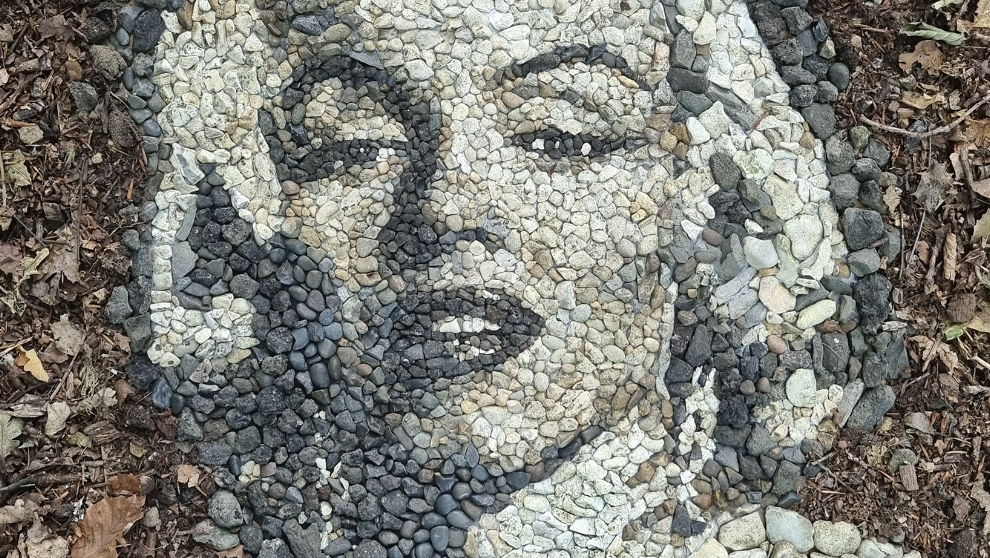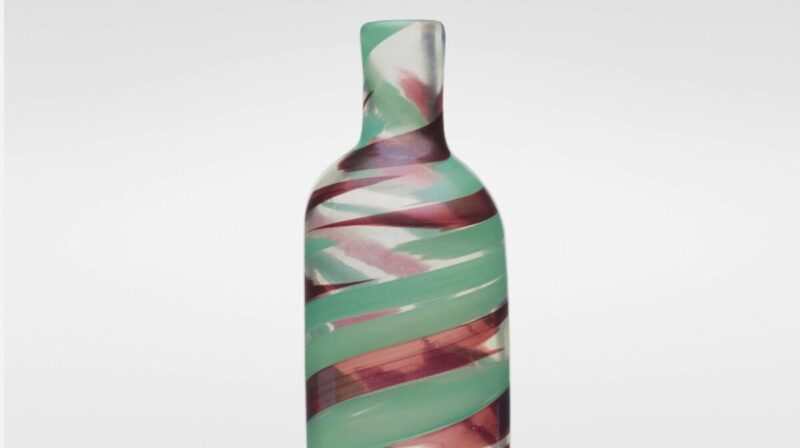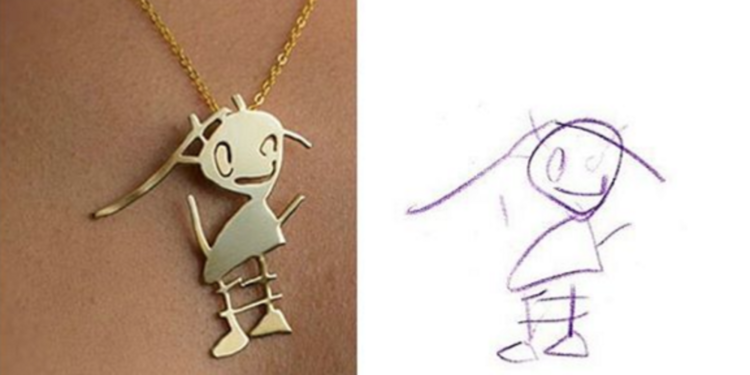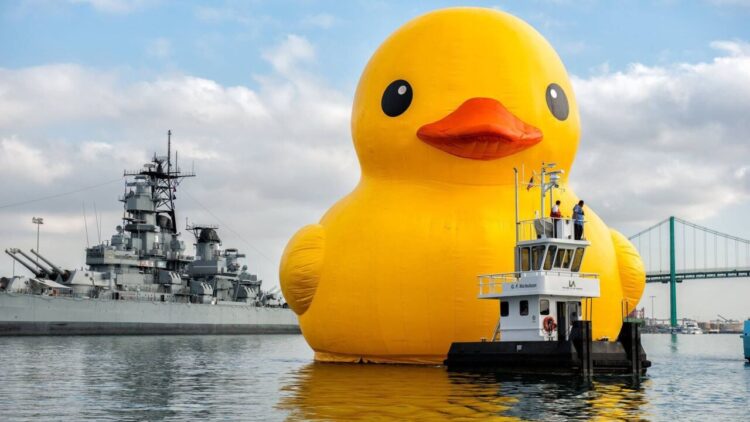This artist makes amazing portraits using only stones

Artists work in many mediums — photography, paint, textiles and charcoal. But for artist Justin Bateman, well — he prefers stones. Pebbles, really.
Online, he goes by the handle @PebblePicassos, where viewers can catch a glimpse of his ephemeral work.
His first portraits formed rather organically. Bateman, who is based in Chiang-Mai and Bali, was at the beach with friends and playing around with pebbles. Soon after, he enlisted a friend to help him recreate the Mona Lisa and cleverly named it “The Stona Lisa,” which gained notoriety after a social media post.
While most of Bateman’s art consists of portraits of people, sometimes animals do make the cut. The artist posted a timelapse video of his work in motion on his Facebook page, which can be seen below.
How Pebble Picasso Got His Start
While his parents weren’t artists, his grandmother was an award-winning painter. Bateman also told Forbes that as a child, he would “spend many hours combing the pebble beach, hunting for fossils and sharks’ teeth.”
MORE: Suodiu, a viral Chinese trend, is a stir-fry dish featuring rocks
He got his formal education studying sculpture at Central Saint Martins in London, and it was there that he first experimented with using bags of sand and pebbles to create an installation.
However, after traveling to the Philippines to help build solar panels for a local school, Bateman felt his view of the world shift. He saw very poor communities and it had a profound impact on him. He knew he’d have just enough money to travel if he started renting out his property, so after getting rid of most of his personal belongings, he left to explore the world with just the essentials. The experience was life-changing and he knew travel would be a big part of his future.
Creating Impermanent Art
Bateman’s stone mosaics are erected in their natural habitat and most aren’t intended to last forever. Much like a sand castle, his pebble creations exist at the mercy of Mother Nature. He creates his art knowing it may only last for a short period of time before being washed away or taken down by a storm. He has a “leave no trace” mentality, opting to maintain as low of an ecological footprint as possible. But he does make sure to document the pieces through his smartphone, posting photos on social media.
Bateman favors having his work displayed on his Instagram account rather than having pieces hung in a gallery. He enjoys being able to create art anywhere in the world as long as he can find pebbles.
Below is an example of how Bateman uses the natural environment to enhance his art.
How To Collect His Work
He told Home and Decor that choosing to profit from his work was a tough decision.
“In the beginning, I didn’t monetize anything,” Bateman says. “I kept my capitalist and creative sides very separate. I have always felt that if I create something of enough value, life itself will compensate me.”
While Bateman has received a multitude of commission requests, very few pieces are ever created as permanent installations. Instead, limited edition prints of his work are available for purchase on his website and sell for $500+ while standard prints, posters, t-shirts and more are all less than $100.





